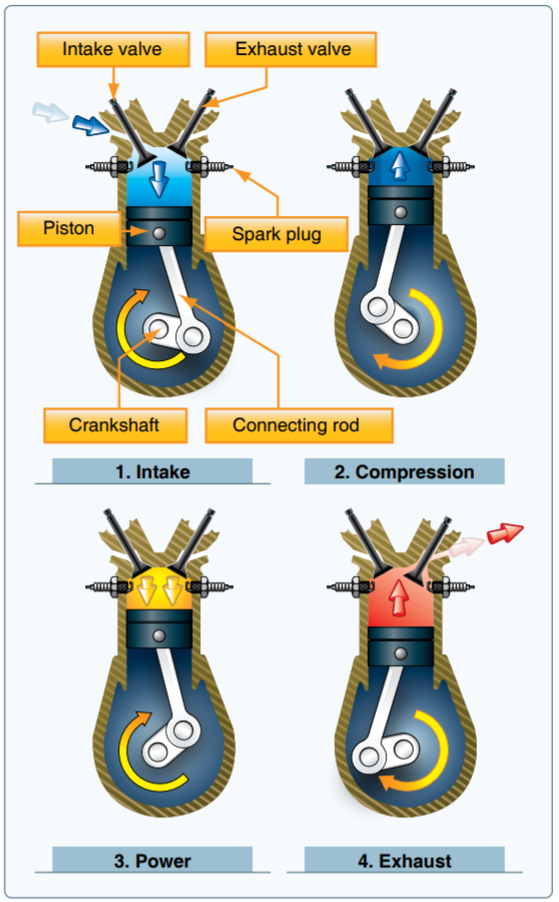Difference between revisions of "SL Helicopter Flying Handbook/Helicopter Systems"
(→Piston Engines) |
|||
| (8 intermediate revisions by the same user not shown) | |||
| Line 1: | Line 1: | ||
<span class=sa-section>SECTION 4. Helicopter Systems</span> | <span class=sa-section>SECTION 4. Helicopter Systems</span> | ||
| + | |||
| + | Knowledge of helicopter systems is essential to safe operations and will allow the pilot to be able to detect and respond to problems that may arise in flight. This section presents a general overview of helicopter system. For more detail, always refer to the POH for the specific model of helicopter you are flying. | ||
| + | |||
| + | === Engines === | ||
| + | |||
| + | The two most common engine types for helicopters are piston (or reciprocating) and turbine. Piston engines are generally used in smaller helicopters due to their lower cost of operation, while turbine engines are typically used in larger helicopters. Turbine engines produce much more power than a piston engine of the same weight, but are much more expensive to operate. | ||
| + | |||
| + | |||
| + | [[File:HIO-360-C1A.png|200px|thumb|left| | ||
| + | <figure id="fig:pistonEngine"><caption>Piston Engine</caption></figure>]] | ||
| + | |||
| + | ==== Piston Engines ==== | ||
| + | |||
| + | A piston engine (see <xr id="fig:pistonEngine"/>) consists of a series of pistons oriented around a crankshaft. Most modern piston helicopters have 4 or 6 cylinders oriented in a "horizontally opposed" orientation in which pairs of pistons are mounted opposite each other. | ||
| + | |||
| + | [[File:Piston-cycle.png|thumb|right]] | ||
| + | |||
| + | ==== Turbine Engines ==== | ||
=== Airframe === | === Airframe === | ||
| Line 19: | Line 37: | ||
==== Engine Instruments ==== | ==== Engine Instruments ==== | ||
| − | |||
| − | |||
| − | |||
=== Transmission System === | === Transmission System === | ||
Latest revision as of 20:44, 21 December 2021
SECTION 4. Helicopter Systems
Knowledge of helicopter systems is essential to safe operations and will allow the pilot to be able to detect and respond to problems that may arise in flight. This section presents a general overview of helicopter system. For more detail, always refer to the POH for the specific model of helicopter you are flying.
Contents
1 Engines
The two most common engine types for helicopters are piston (or reciprocating) and turbine. Piston engines are generally used in smaller helicopters due to their lower cost of operation, while turbine engines are typically used in larger helicopters. Turbine engines produce much more power than a piston engine of the same weight, but are much more expensive to operate.
1.1 Piston Engines
A piston engine (see Figure 1) consists of a series of pistons oriented around a crankshaft. Most modern piston helicopters have 4 or 6 cylinders oriented in a "horizontally opposed" orientation in which pairs of pistons are mounted opposite each other.

